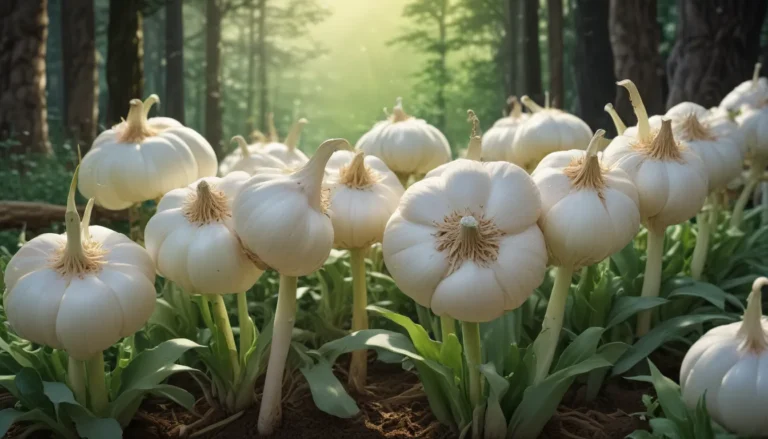Everything You Need to Know About Growing and Caring for Cardinal Flowers

If you have a wet area in your landscape that you’d like to transform into a stunning visual display, look no further than the cardinal flower. Not only will its brilliant red blooms catch your eye, but they will also attract and nourish local populations of hummingbirds and butterflies.
We’re diving deep into the world of Lobelia cardinalis, the striking scarlet wildflower that can thrive in your own landscape. Get ready to learn everything you need to know to grow and care for this captivating plant. Here’s what we’ll cover:
Understanding Cardinal Flower
- Description: Cardinal flower is a short-lived herbaceous perennial known for its tall, upright plants reaching 4-6 feet in height, adorned with striking spires of red blooms. Each floret has five petals, forming a tube that attracts pollinators with its vibrant color.
- Habitat: Native to wetlands across North and South America, cardinal flower thrives in moist areas like bogs, swamps, and creek sides. It is adaptable, making it a great choice for landscapes in the US and Canada.
- Pollinators: While bumblebees feed on its nectar, the ruby-throated hummingbird is the main pollinator of cardinal flower, attracted by its bright red, tubular flowers.
- History: First classified in the early 1600s, this species has a rich ethnobotanical history of medicinal and ceremonial use. It is a symbol of preservation for native species in USDA Hardiness Zones 3 to 9.
Cultivation and Propagation
- Propagation: Cardinal flower can be grown from seed, stem cuttings, or division, but it is easiest to start with transplants. Seeds require cold moist stratification for germination.
- From Division: Mature plants can be divided every 2-3 years, with new basal rosettes forming alongside the parent plant.
- From Transplants: Once you have live plants, transplant them after the last frost, spacing them 18-24 inches apart in well-prepared soil.
How to Grow Cardinal Flowers
- Sun: Grow in full sun to part shade, adapting to moisture availability and geographic location.
- Water: Cardinal flower prefers moist soil, but can tolerate drought in certain locations with partial shade.
- Soil: It thrives in poorly draining soils rich in organic matter, with a pH range of 4.0 to 8.0.
Whether you have a hummingbird garden, pond border, or rain garden, cardinal flower can enhance a variety of landscapes with its vibrant presence. Tolerant of juglone from black walnut trees, it is a versatile and essential addition to any garden.
Pruning and Maintenance Tips
- Weeding: Remove weeds to give new plants a chance to establish.
- Mulching: Mulch helps with water retention, especially during the growing season and winter.
- Pruning: While pruning is optional, deadheading spent blooms can encourage reblooming for a longer floral display.
Cultivars and Varieties
Discover a variety of cultivated cardinal flower options to suit your garden design preferences, from ‘Alba’ with pure white flowers to ‘Queen Victoria’ with dark burgundy foliage.
Quick Reference Growing Guide
- Plant Type: Herbaceous flowering perennial
- Hardiness (USDA Zone): 3-9
- Bloom Time: Late summer, fall
- Exposure: Full sun to part shade
- Spacing: 18-24 inches
- Height: 3-6 feet
- Water Needs: Moderate-high
Conclusion
Cardinal flower is a fundamental native wildflower that adds a vibrant touch to any landscape. Its adaptability, ease of care, and ecological benefits make it a valuable addition to gardens in a variety of settings.
Are you ready to incorporate the cardinal flower into your gardening projects? Let us know how you plan to use this stunning plant in your landscape. And for more information on native wildflowers and flowering perennials, explore our other guides for inspiration.
Embrace the beauty and benefits of cardinal flowers in your garden and watch as these striking red blooms attract a flurry of life and color to your outdoor space.





